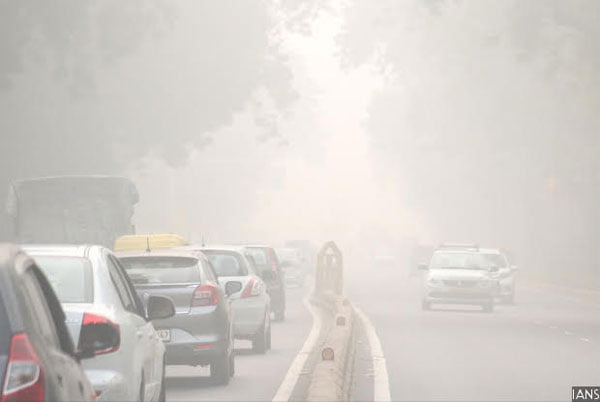North India’s air quality hovered near severe levels, with Delhi and neighbouring Ghaziabad and Noida registering hazardous AQIs (PM10) of up to 999, 932 and 1,119 respectively. The “life threatening” smog and mix of smoke from diesel vehicles, pet coke, coal plants, brick kilns, crop and waste burning, created conditions in the capital that the Delhi CM likened to living in a “gas chamber”.
The Indian Medical Association declared a “public health emergency”, shutting down Delhi and NCR schools. Trains and flights were delayed/cancelled as visibility dropped, and it even triggered a dangerous car pileup on an NCR highway. United Airlines has even temporarily suspended its Newark-Delhi flight over health concerns.
No alerts sent
The Environment Pollution Control Authority (EPCA) enforced GRAP (Graded Response Action Plan) that included 4-times hike in parking fees to discourage cars, temporary bans on construction and entry of diesel vehicles into Delhi, and the rationing of cars through the odd-even scheme – that has now been scrapped by the National Green Tribunal (NGT). The decision will however be revisited on Monday.
Typically, authorities were caught napping with delayed implementation of GRAP, waiting for the Capital to recede into hazardous air pollution. A recent Nature study suggests that India may have already overtaken China to become the world’s largest emitter of toxic Sulphur Dioxide (SO2) – that is emitted from thermal power plants and industries. Additionally the Supreme Court’s ban on highly polluting pet coke and furnace oil has met with stiff resistance, with industry body ASSOCHAM.
Choked by Vehicles
There are now over 10 million vehicles registered in Delhi (66% two-wheelers), with a large chunk plying without valid “Pollution Under Control” certificates. Additionally, over 500,000 vehicles enter the capital every day, which roughly equals the total number of vehicles registered in Delhi each year.
About The Author
You may also like
Hyperlocal air quality monitoring identifies pollution hotspots in Indian cities: Study
Meat, dairy industry surpasses fossil fuels in methane emissions: Report
Delhi-NCR most polluted region in India, Karnataka the cleanest air in India: Report
Outdoor air quality chronically underfunded, finds State of Global Air report
PM2.5 shortening average life expectancy of Delhi residents by almost 12 years


